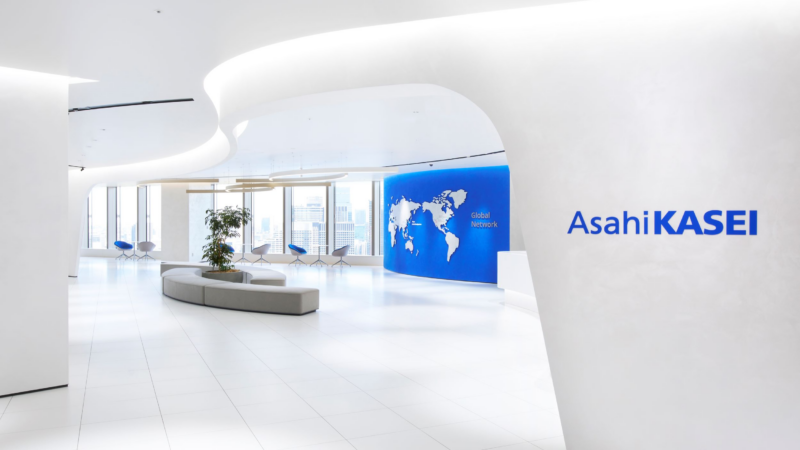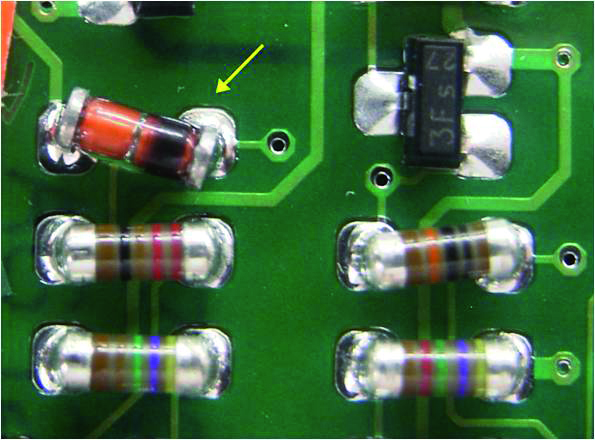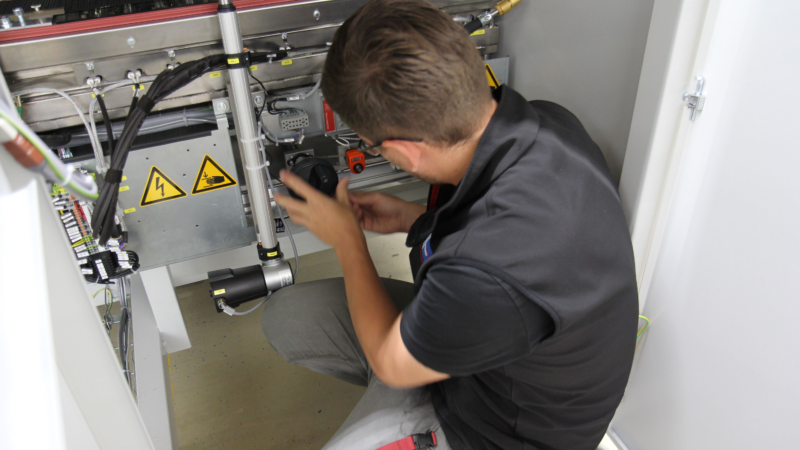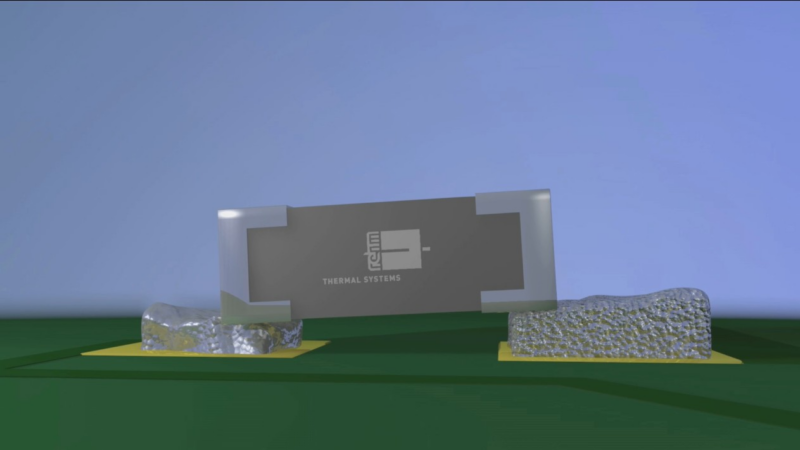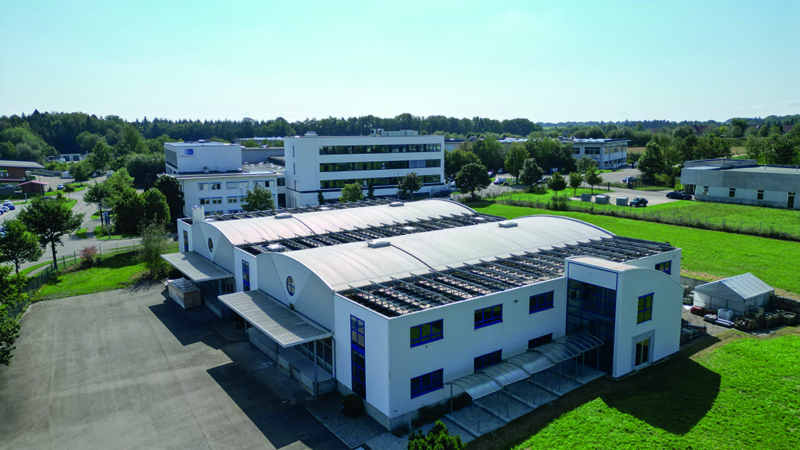Rehm Thermal Systems discusses minaturisation with industry partners
Doing the most with the least. Hardly visible to the naked eye, bearing names like 03015 or 01005, but the key actors behind unique innovations in the electronics world. Whether a smartphone, tablet or LED lighting, when it comes to manufacturing electronic products all eyes are now on the tiniest SMT components like microchips, capacitors or resistors. They offer new technological solutions and challenge industry to compromise and do what it takes to keep pace with the shift toward miniaturisation. Rehm Thermal Systems joined established industry partners in a seminar to discuss this trend and presented the latest findings for processing.
At the company head office in Blaubeuren, the immense potential of these tiny components was spelled out to those attending the sold-out seminar, while a series of lectures covering the impact of miniaturisation on all production procedures underpinned the theoretical side. Theoretical aspects were also visually supported with practical presentations, showcased via a live hook-up to the Rehm Technology Center, while experts used follow-up workshops to demonstrate processing and application fields directly on exhibited equipment in the application centre. „03015 remains a technology in the making for now, but the trend toward miniaturisation is definitely gathering pace“, explained Dr. Hans Bell, Head of Development at Rehm. Although components are getting ever-smaller, reliability in manufacturing and functional terms must remain flawless. 03015 components are currently the smallest on the market, with an edge length of just 0,3 x 0,15 mm. „Accurate processing remains a challenge when manufacturing modern electronics – one which can only be met when customers and suppliers collaborate throughout the entire process chain as well as making innovative developments“, said Bell.
Challenges for the PCB
As early as the PCB layout and production stages, it is important to keep the need to miniaturise components in mind. Selecting the right material and production process can impact decisively on the PCB properties. „In addition, designing also involves focusing on the intervals at which we place the smallest components on the PCB, to avoid it becoming too densely packed overall“, says Bernd Reißlöhner, Regional Sales at Schweizer Electronic AG.
Stencil design for complex boards and constraints for the printing process
During the assembly production, the printing process is where up to 65 % of errors occur and laying out stencils precisely while ensuring optimal tripping behaviour are crucial for quality. „To ensure solder paste is printed smoothly onto the board, however large or small the amount, we create a stepped stencil based on the varying paste requirement with optimal opening layouts. We work extremely precisely, because getting a good stencil ultimately helps optimise the printing and soldering stages, even for the smallest components“, explained Harald Grumm, application manager at Christian Koenen GmbH.
„A particularly fine-grained type 5 solder paste is needed to print 03015 components“, stresses Uwe Schäfer, Application Manager at Ekra. The printing process also imposes very stringent requirements when it comes to aligning and reprinting with the stencil printer. Regulating compressive force via a closed-loop system ensures an optimal volume each time, whatever the quantity deposited. „Our systems are optimally equipped to handle such processes“, said Schäfer.
Placement strategies for 03015 components on the PCB
Regardless of whether the components are large, like BGAs and SMD transformers or tiny, like resistors or capacitors – the placement system ultimately has to be flexible enough to ensure all types of components can be reliably placed in precisely the right position on the PCB. „Leveraging a specially developed placement head and special pipettes, which follow specific geometries, we guarantee unbeatably accurate placement of miniature components“, explains Norbert Heilmann, Technology Scout in the SIPLACE team at ASM Assembly Systems. 03015 components have to be swiftly positioned on the board with low placement forces, to ensure the elements involved are not distorted or displaced. ASM has developed software which accurately defines how components are positioned on the board and prevents excessively dense clustering in the process.
Soldering complex boards
„Component size plays a subordinate role when it comes to the solderability. The challenge for us is minimising the differences in temperature between the smallest and largest thermal masses on the board, to enhance the process capability“, explained Helmut Öttl, Head of Applications and Project Management at Rehm. This is made possible via uniform heat distribution within convection soldering machines, which can be optimally configured for the process using separately controllable process areas and flexible fan frequencies. A number of other soldering machines are also available, e.g. condensation soldering systems, systems with contact heating and scope to use a range of atmospheres – from nitrogen, purging gas and formic acid to soldering under a vacuum. Exceptional flexibility means virtually all assembly units, regardless of component size, can be processed on Rehm systems.
A reworking station made by the ZEVAC company is on hand in the Rehm Technology Center to ensure PCBs can be reliably repaired, while professional cleaning is taken care of by a cleaning system from Kolb Cleaning Technology for further applications.
Joining forces and devising innovative ideas is crucial to remain capable of meeting the requirements posed by the smallest components. „The end result is what matters – namely, a perfectly functioning product. When it comes to miniaturisation, this is only possible if we exchange experience. We are really looking forward to future projects like this one, which can be implemented by collaborating with our partners“, sums up Managing Director Johannes Rehm.
Rehm Thermal Systems was founded in 1990 by Johannes Rehm and is a provider of reflow soldering systems and drying systems for the electronics industry as well as a manufacturer of fast firing systems and solar dryers for the metallization of solar cells. With „Simply. More. Ideas.“ our goal is to become technological leaders in all areas of production and offer our customers sustainable, future-oriented products.
Firmenkontakt
Rehm Thermal Systems GmbH
Frau Department Marketing
Leinenstrasse 7
89143 Blaubeuren-Seissen
+49 7344 9606-0
info@APROS-Consulting.com
http://www.rehm-group.com/
Pressekontakt
APROS Int. Consulting & Services
Herr Volker Feyerabend
Rennengaessle 9
72800 Eningen
+49-7121-9809911
info@APROS-Consulting.com
http://www.apros-consulting.com

